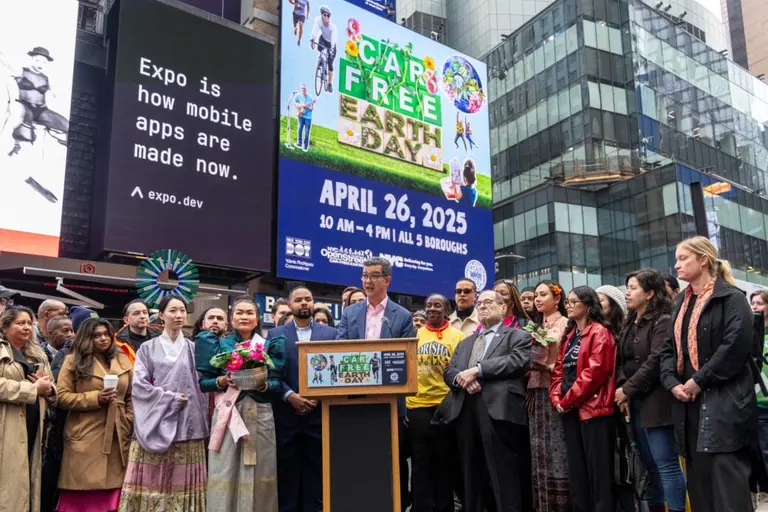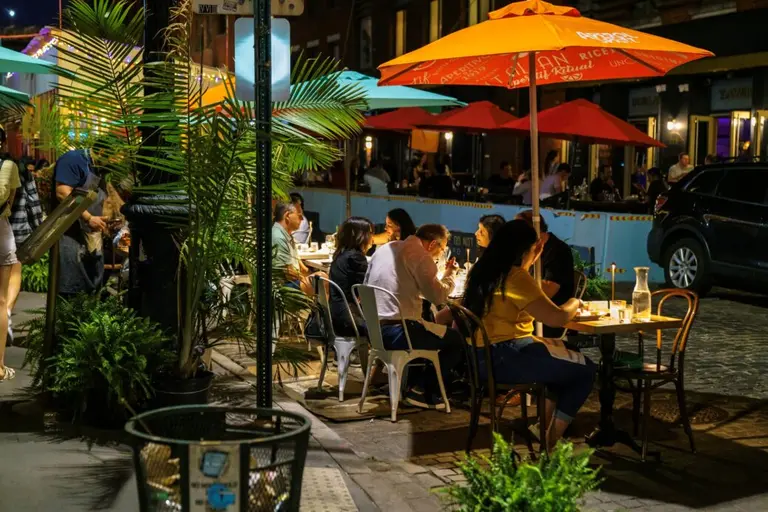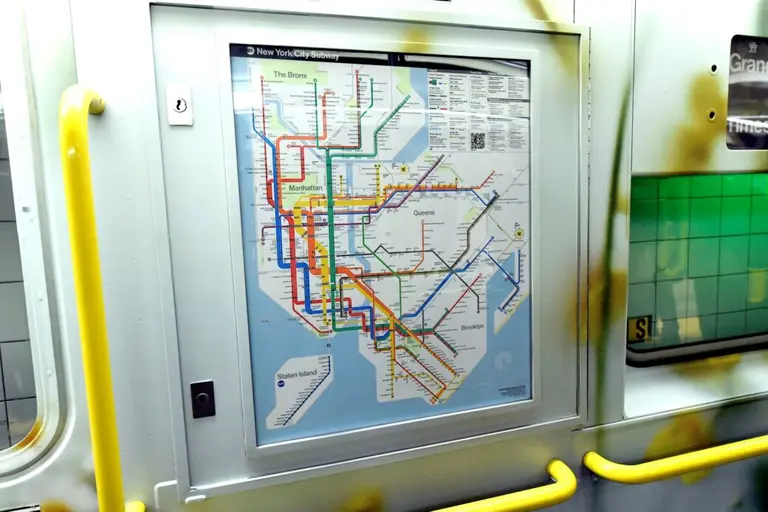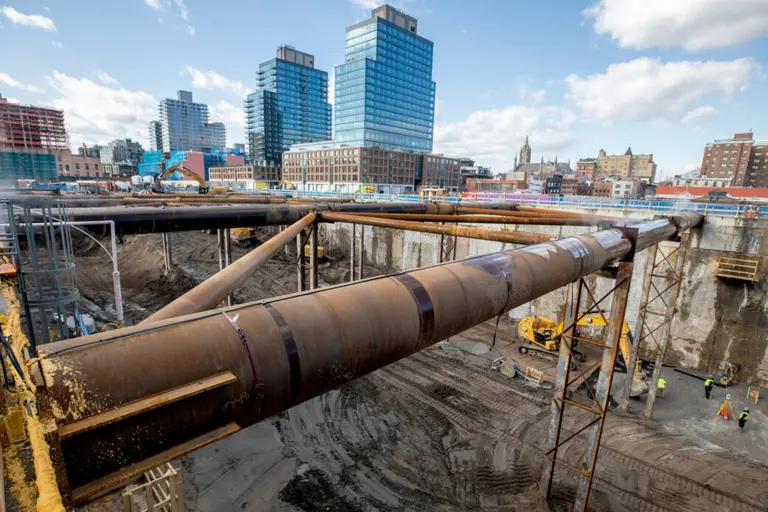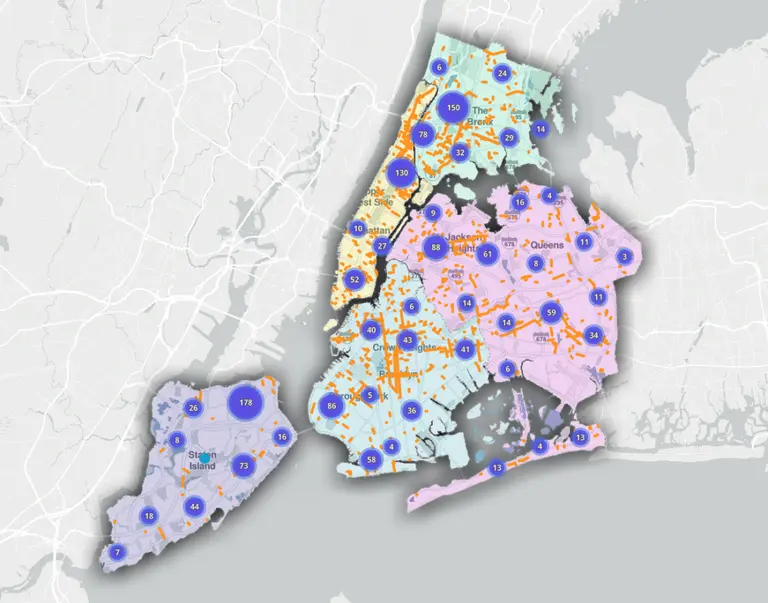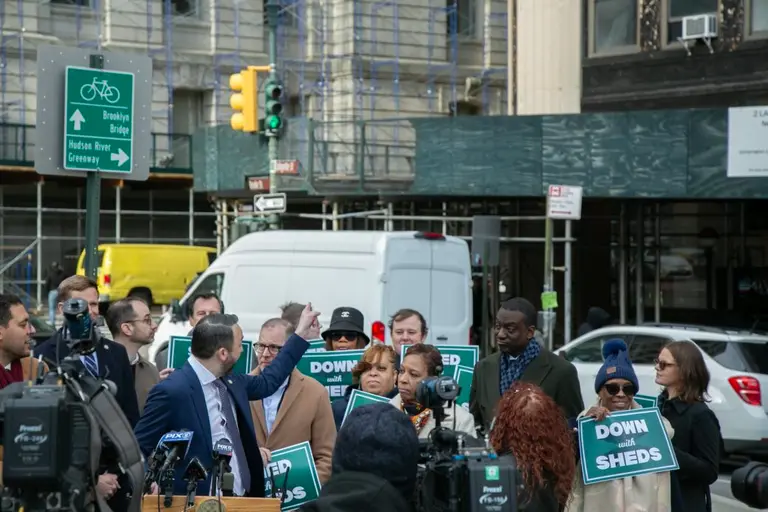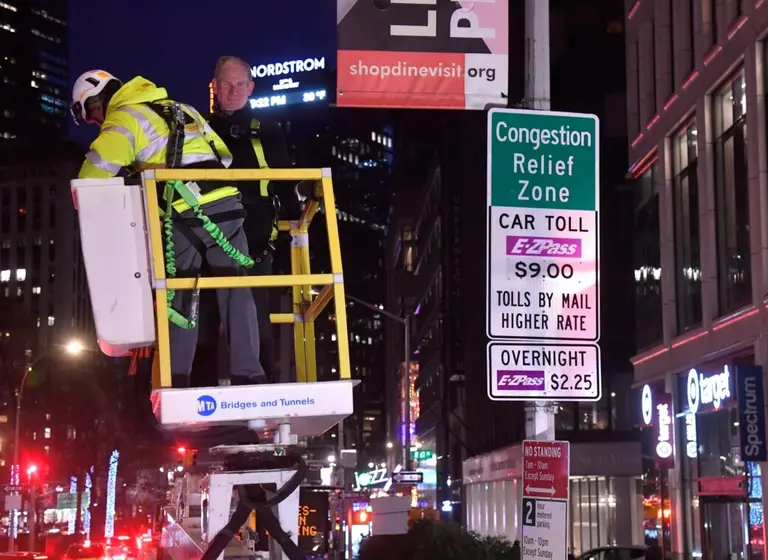As New York struggles with basic maintenance, global cities build cheaper, better infrastructure
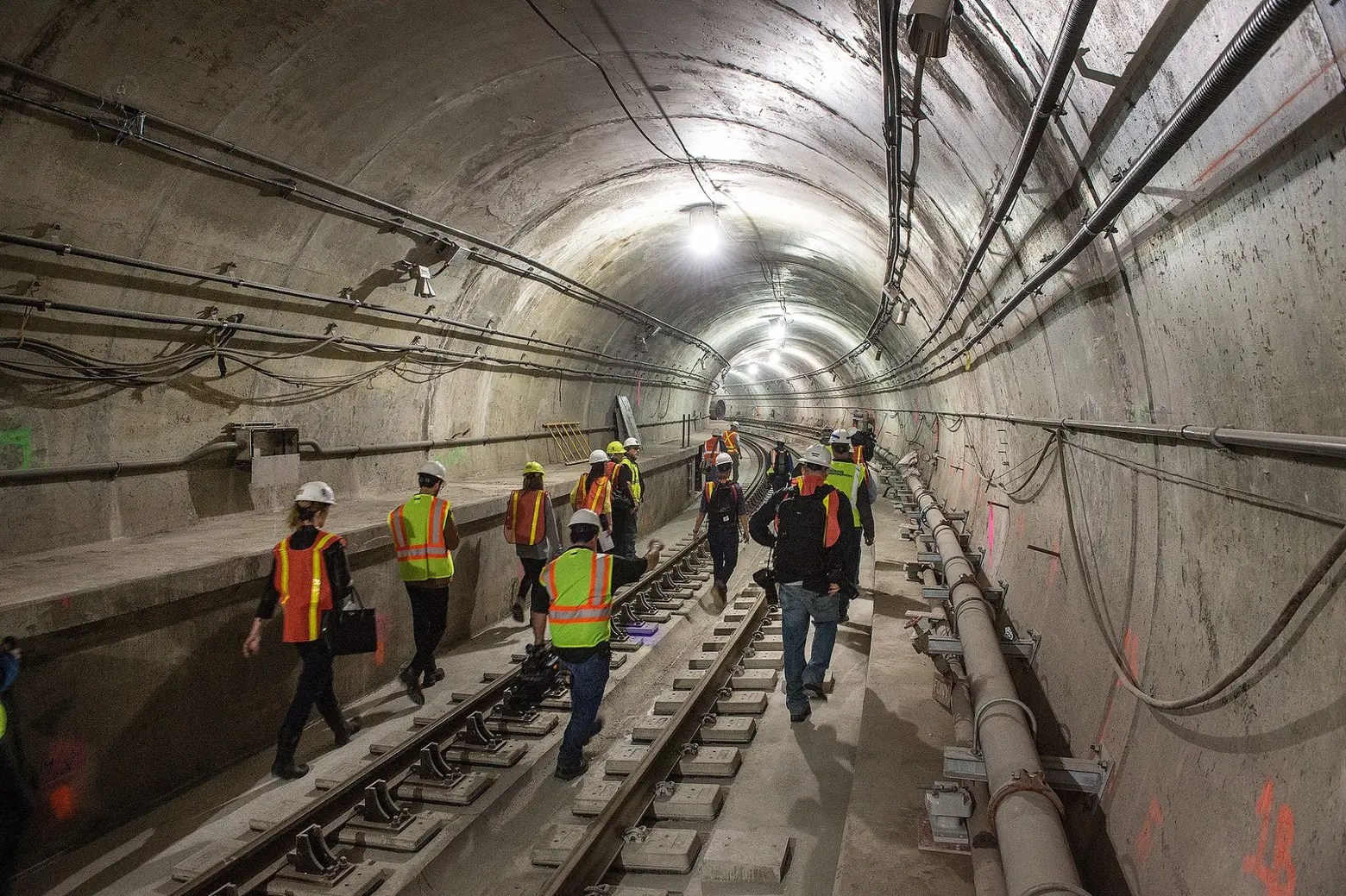
Construction workers giving a tour of the Second Avenue subway; photo via the MTA on Flickr
The exorbitant construction costs of building transit projects, coupled with project delays, could make the New York region lose jobs and businesses to other global cities that are completing transit projects in a more timely, and economical, fashion. A report released on Tuesday from the Regional Plan Association (RPA) says high-costs and delays are ingrained in every part of the public-project delivery, including too-long environmental reviews, inaccurate project budgets and timelines and a lack of communication with labor unions. In their report, the RPA analyzed three projects and their costs and delivery issues: the Second Avenue Subway, East Side Access and the extension of the 7-train.
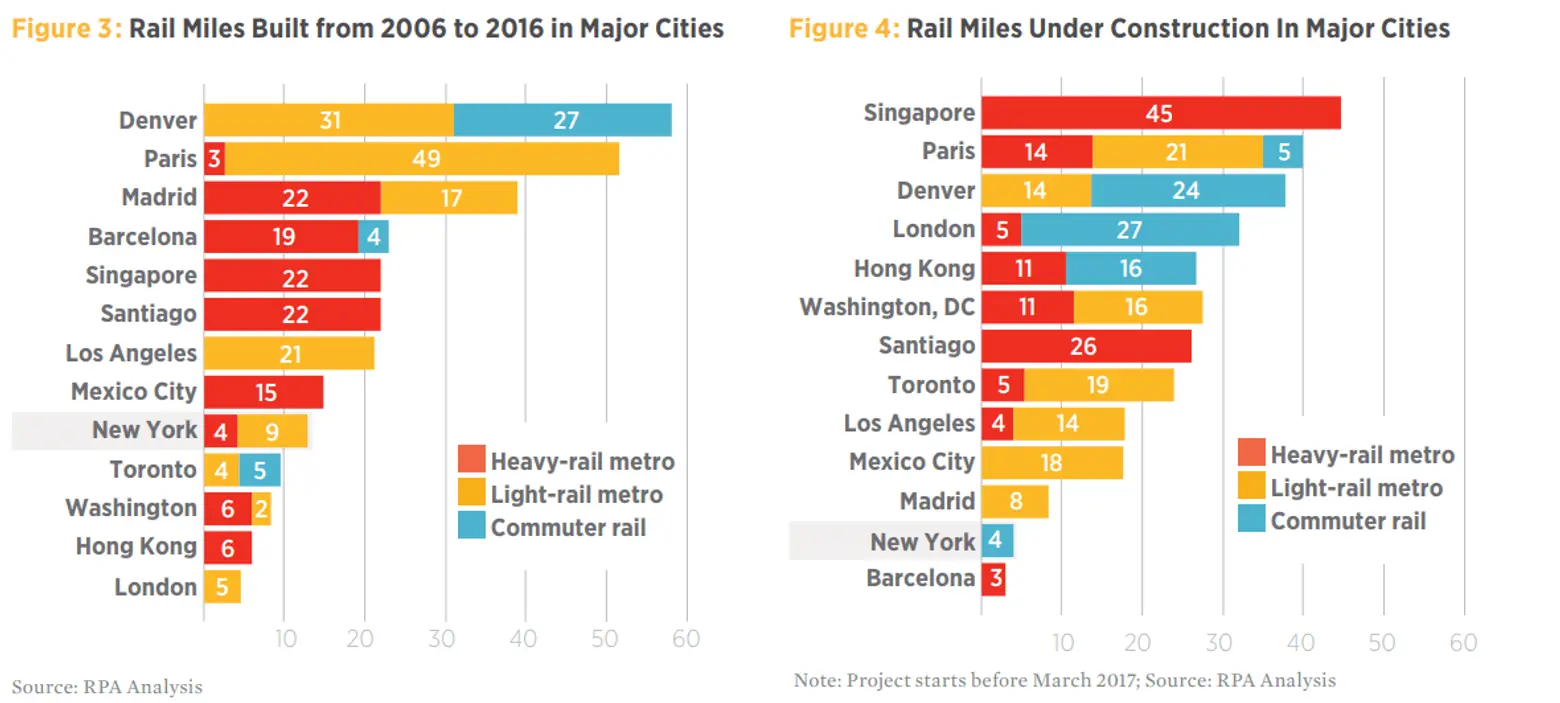
In a press release, Scott Rechler, Chair of the RPA, said: “The MTA’s capital project delivery process is broken. Projects take far too long, and cost way too much. If we are asking the public to pay more to modernize our public transportation network, then the MTA must give confidence that it can spend that money effectively and efficiently.”
Despite New York City’s steady population growth over the last decade, there has not been a substantial increase in the system’s capacity since the 1930s. The subway actually has 15 fewer miles of track than at its peak in 1937. Over the last 30 years, New York has only built two limited heavy-rail extensions, measuring 6.6 track-miles of right-of-way, and 4.5 stations. In London, 50 track-miles and 23 stations were built. In Los Angeles, 48 track-miles and 22 stations were developed.
An investigation by the New York Times in December found that the Metropolitan Transportation Authority has allowed trade unions, construction companies and consulting firms to negotiate expensive deals on transit projects, without MTA officials present. Plus, unions have secured deals requiring construction sites be staffed as many as four times more workers than anywhere else in the world. Construction companies have increased their projected costs by up to 50 percent when bidding for work from the MTA and consulting firms have convinced the authority to spend an excessive amount on design and management.
The report from the RPA includes 11 recommendations to cut costs of transit projects. According to the group, the MTA’s capital project delivery strategies must be reformed, starting with forming a separate management entity, within the MTA, to run each new megaproject. The environmental review of projects should be streamlined and the report also suggests changing the current five-year pipeline for large capital projects to a ten-year one, which requires sufficient dedicated revenue and reassures the public of the project’s likeliness.
RPA also compared employment and wages in New York City with other cities, like London and Madrid, and recommends the MTA adopts the practices of those cities. This includes starting overtime pay only once a minimum of 40 hours per workweek has been met and significantly reducing the number of staff manning a Tunnel Boring Machine (TBM). In other cities, about nine to 15 workers man the TBM, instead of the up to 25 workers it takes in New York.
According to the group’s research, if the reforms were implemented, the MTA could save at least 25 to 33 percent on new projects. Money saved could go towards system repairs, like the modernization of signals and railcars.
Read the RPA’s full report here.
RELATED:
